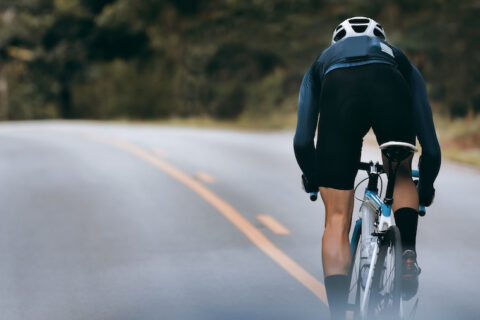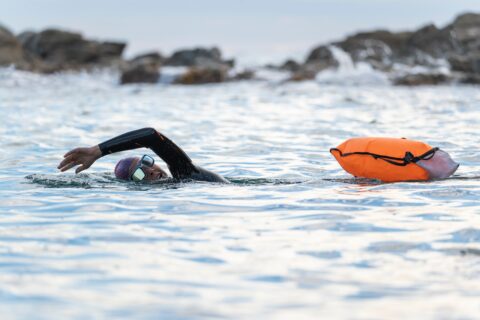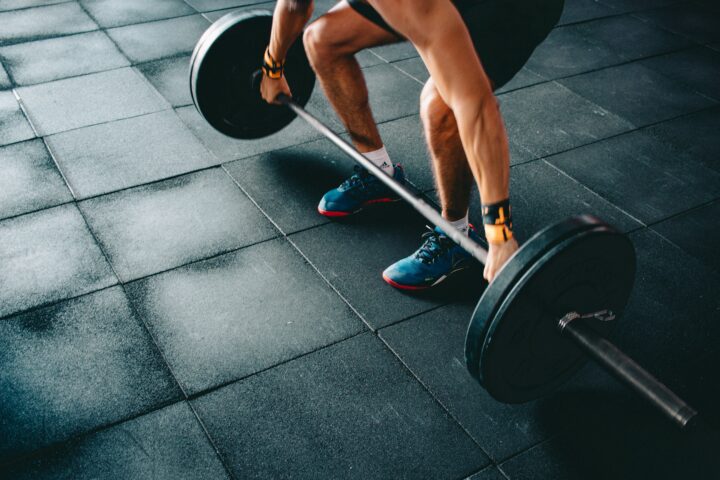You might never sprint during an Ironman or ultra-running race, but that doesn’t mean you can’t benefit from some HIT.
You might never sprint during an Ironman or ultra-running race, but that doesn’t mean you can’t benefit from some HIT.

You might never sprint during an Ironman or ultra-running race, but that doesn’t mean you can’t benefit from some HIT.

You might never sprint during an Ironman or ultra-running race, but that doesn’t mean you can’t benefit from some HIT.

Doing more sprint work and cadence drills on your rides could lead to substantial performance gains.

Whether it’s toxic algae blooms, wildlife encounters, or boat traffic, there are many safety considerations to take into account when swimming in open water.

Understanding when and how to introduce HIIT can make all the difference in an athlete’s ability to absorb training and optimize performance.

In part 3 of our series on movement literacy for cyclists, Dr. Stacey Brickson delves into stability and strength to make you a healthier cyclist.